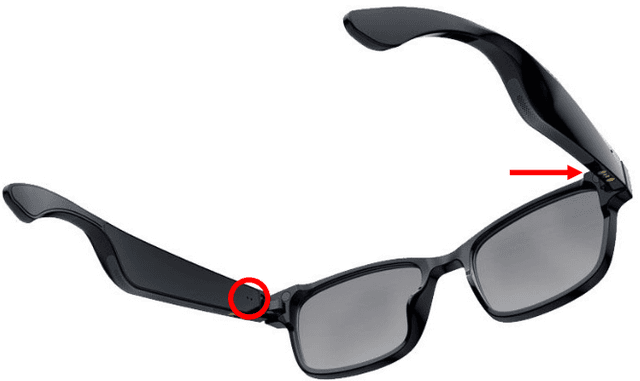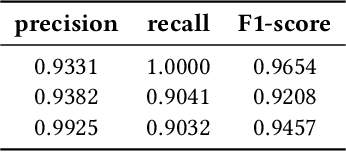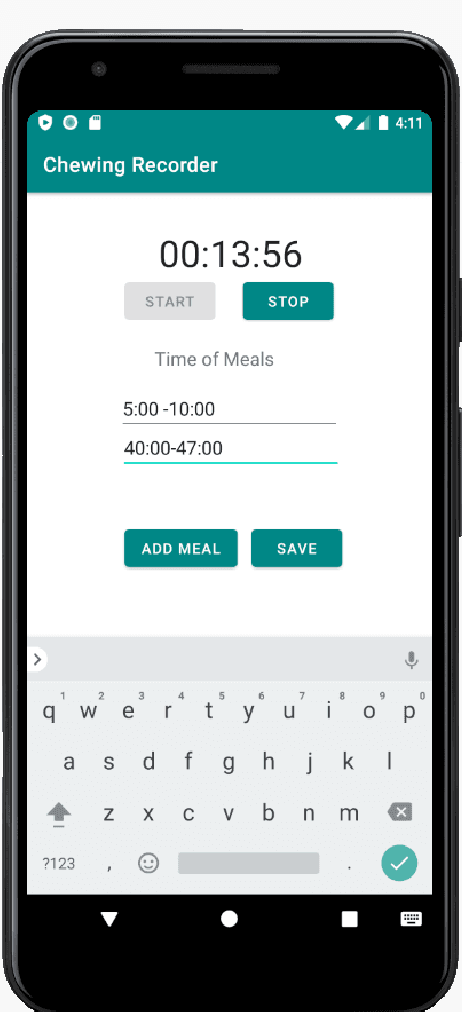Chewing Detection from Commercial Smart-glasses
Paper and Code
Aug 11, 2022



Automatic dietary monitoring has progressed significantly during the last years, offering a variety of solutions, both in terms of sensors and algorithms as well as in terms of what aspect or parameters of eating behavior are measured and monitored. Automatic detection of eating based on chewing sounds has been studied extensively, however, it requires a microphone to be mounted on the subject's head for capturing the relevant sounds. In this work, we evaluate the feasibility of using an off-the-shelf commercial device, the Razer Anzu smart-glasses, for automatic chewing detection. The smart-glasses are equipped with stereo speakers and microphones that communicate with smart-phones via Bluetooth. The microphone placement is not optimal for capturing chewing sounds, however, we find that it does not significantly affect the detection effectiveness. We apply an algorithm from literature with some adjustments on a challenging dataset that we have collected in house. Leave-one-subject-out experiments yield promising results, with an F1-score of 0.96 for the best case of duration-based evaluation of eating time.
 Add to Chrome
Add to Chrome Add to Firefox
Add to Firefox Add to Edge
Add to Edge